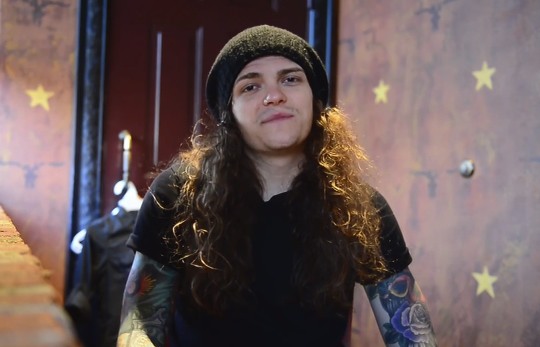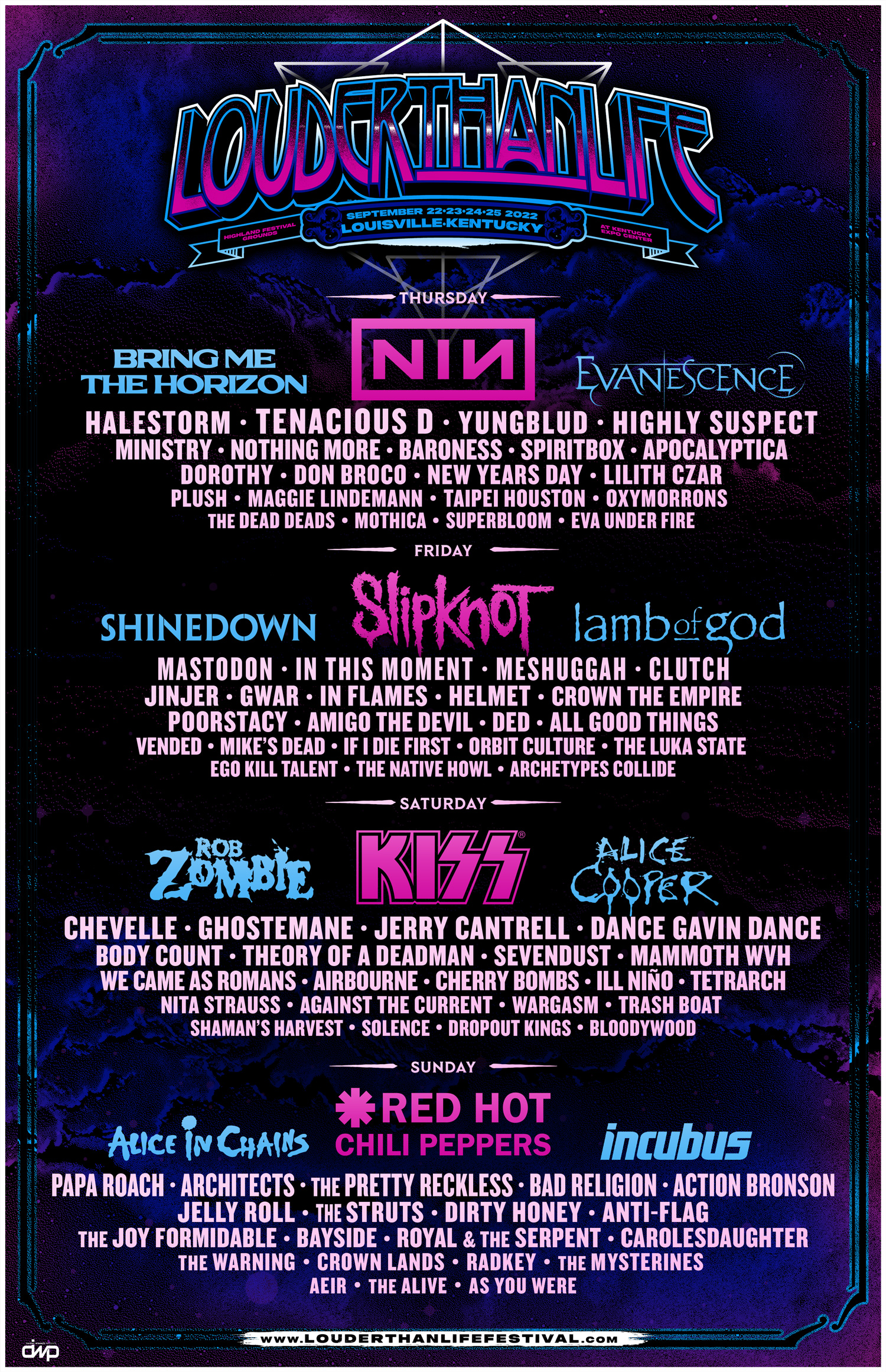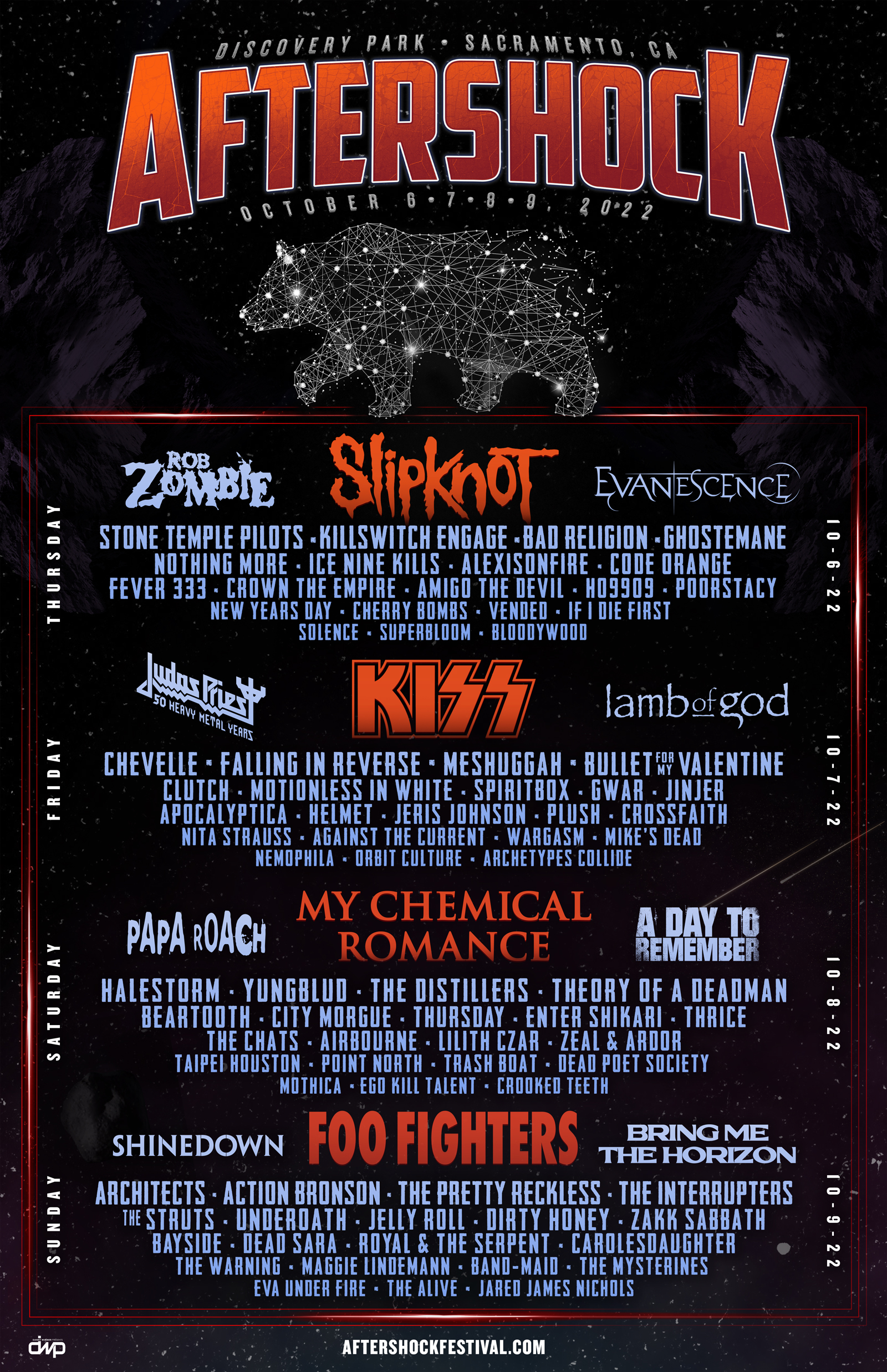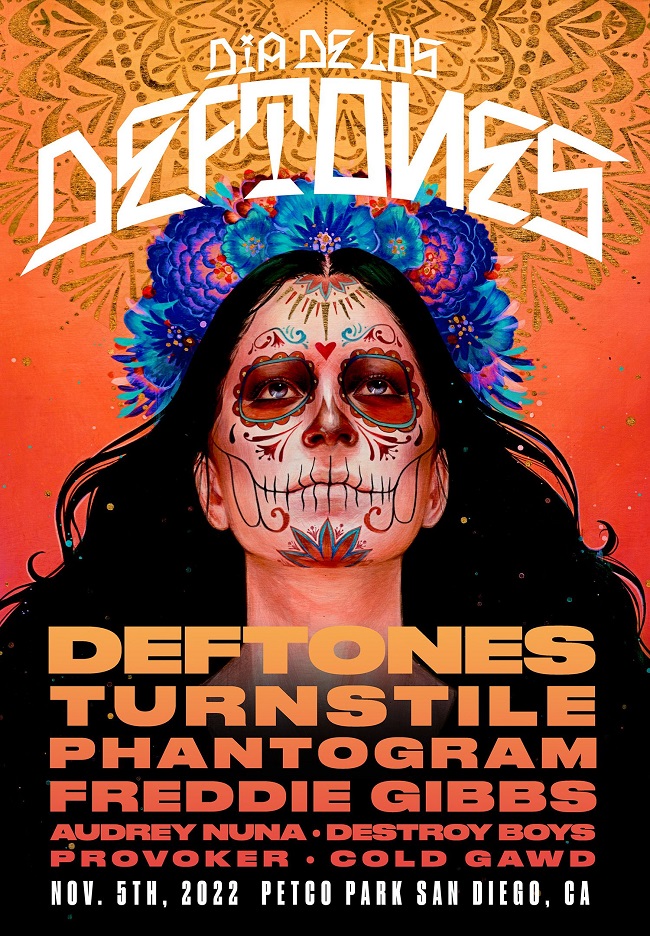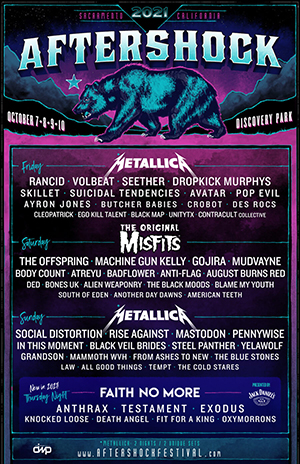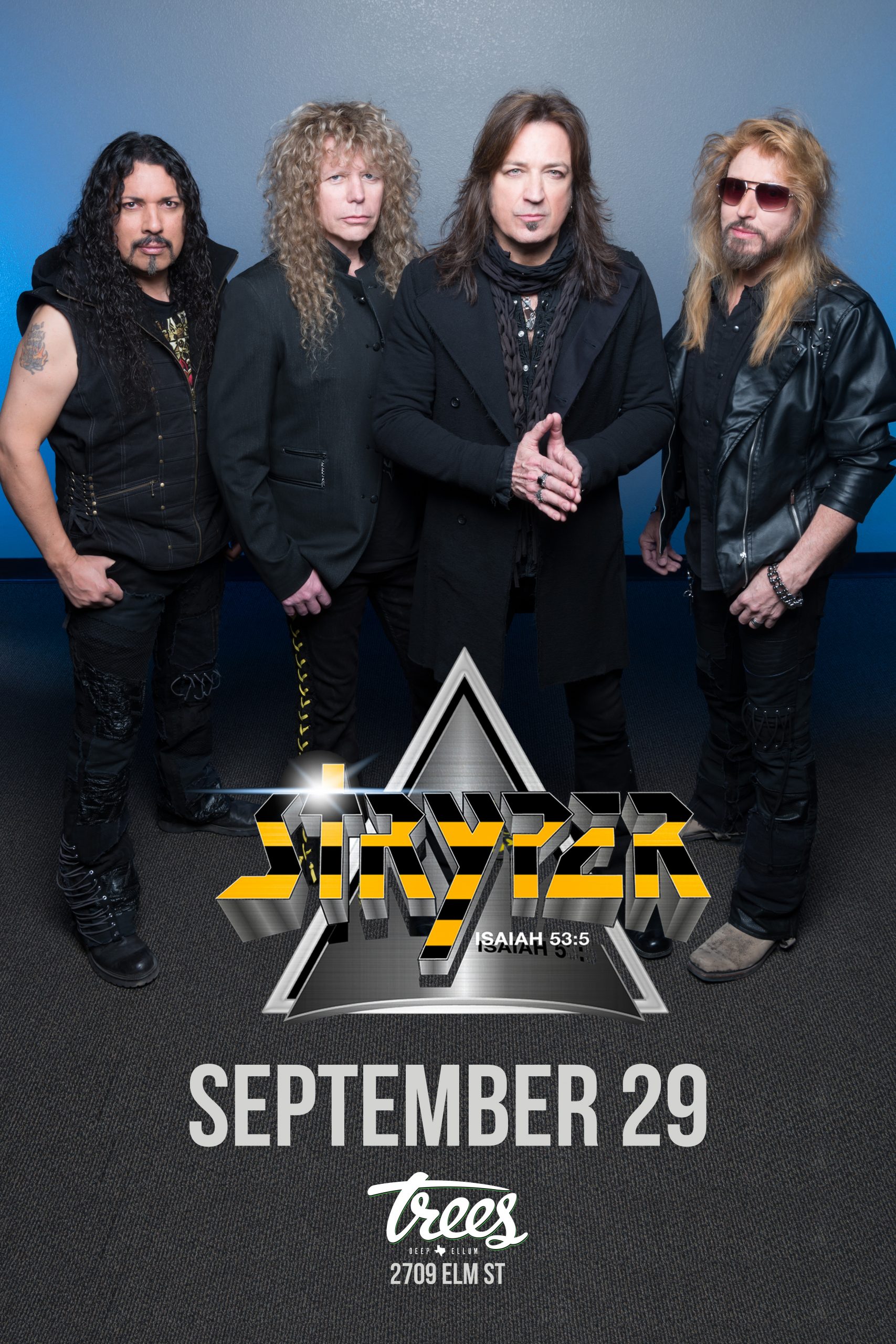– Interview by Vinny Cecolini –

“The Unstoppable Momentum of Joe Satriani“
A middle- age woman steps to the front the America’s Got Talent stage for her auditions, picks up her electric cello and briefly speaks with the judges – Sharon Osbourne, Howie Mandel and Piers Morgan. She puts bow to cello and began to play a note-for-note rendition of Joe Satriani’s epic instrumental, “Satch Boogie.” The judges, confused and not amused, quickly slam their hands on their buzzers. The first red “X” lights up over the woman’s head; a second one soon follows. The third “X” brings what began as a spectacular performance to an abrupt end. The woman, disappointed, simply shrugs her shoulders and departs. As a journalist, watching this jaw-dropping performance at home, I jumped to my feet and screamed at the television screen, “You ignorant, unqualified ?#*holes! That was brilliant!” I’m sure many guitarists and Joe Satriani fans around the country watching this show did the very same thing.
It’s hard to believe “Satch Boogie”, the song that established Satriani among guitar elites, is 25 years old. When the Surfing with the Alien single and its accompanying music video were released, it quickly moved him to the top of the heap of six-string virtuosos releasing instrumental albums. And though critics dismissed many of these records as self-indulgent guitar masturbation, they showered the New York native with praise. Today, after 14-studio albums and numerous singles, EPs and live CDs, Joe Satriani is still a critics darling. His latest, the appropriately titled Unstoppable Momentum, has been declared one of his best.
What separates Joe from his peers? Why does his music remain fresh and relevant a quarter of a century after his first release?
Instead of composing vehicles for guitar histrionics, ‘Satch’ is a true composer. His instrumentals have been used in motion picture soundtracks, television programs and commercials. In an odd sense, Joe has managed to record the soundtrack of our lives. His clever use of melody and solo flair let’s his guitar virtual sing; never mind his material rarely has any vocals.
An undeniable workaholic, Joe Satriani not only maintains a successful solo career, but has also appeared on other artists’ recordings; has toured as a part of Mick Jagger’s solo band and with Deep Purple; and is currently one-fourth of the hard rock supergroup, Chickenfoot. During a short break from what seems an endless solo tour, the maestro is taking a breather to tend to “domestic, around-the-house things” and to talk about his past, present, future – and the weather.
ON TOUR MONTHLY: On one of your rare breaks from touring, you’re doing interviews.
Joe Satriani: Yeah. I have about one week before I hit the road, so I’m at home doing domestic things and getting stuff together for the book.
OTM: What will the book entail?
It is called Strange Beautiful Music. I’m putting it together with author Jake Brown, who’s been interviewing me for more than a year. He’s also interviewed every producer, co-producer, engineer and musician that has ever had a hand in making any of my albums. The book is mainly a musical memoir taken from all of those interviews to address, technically, specifically and anecdotally, every aspect of every song from every one of my records. There will also be a short bio and 30 pages of photos. My dining room is littered with piles and piles of envelopes full of photographs from when I was a kid guitarist to the events of the last year.
OTM: It sounds quite ambitious.
Yes. It’s been crazy. I’ve never had to look back on my life with such intensity. It’s a funny thing examining your life like that, but it is cathartic.
OTM: Will the release of the book coincide with the release of your box set?
Yes. That has also been going on for at least 12 months. My good friend John Cuniberti – we have made many records together – has his own mastering lab. My label, Sony Music, asked us to remaster everything from my catalogue, including previously unreleased tracks – all for release to coincide with the book’s publication. Around March of next year, this very unusual box set will come out. We’re calling it a box set, but I’m not at liberty to tell you what its physical form is going to be. At the heart of it, however, will be music revitalized by the best and newest mastering equipment.
OTM: I assume it will have an alien or space theme.
[Laughing] Of course!OTM: I’ve wondered what makes you and Steve Vai stand out from the other guitar virtuosos that released instrumental records during the ‘80s and ‘90s. While many of those artists have faded, your music not only has stood the test of time, but it also thrives.
I’d like to think that it’s because people are responding to my compositions through the melodic content. That’s what I spend most of my time working on. When I was a young kid, I spent all of my time trying to be authentically rock and roll. I practiced until my fingers bled. You kind of get over that practicing hump after three or four years. After that, it becomes all about finesse and creating a musical personality. I got to that point and realized I wanted to write great melodies, unusual harmonies and really good grooves; all of the things that make me listen to my favorite records over and over again. The technique things come and go; anything that is worth jumping up and down about is going to get copied by everyone.
OTM: Your music has always been about more than guitar histrionics.
If you figure out a way to play a guitar with your big toe, everyone is eventually going to figure out how you’re doing it, especially with YouTube. Nothing is sacred. Everything is available to everyone and it’s free for the taking. It’s a good thing to realize that’s not really what it is all about. People listening to music on the radio cannot tell if you’re using your fingers, or your big toe, and they could care less. All that matters is if the music moves them or not. Does it work while they’re having a good time? Does it work when they need music to commiserate? As a people, we use music to help us, to accompany us, to be the soundtrack to our lives. Although I love playing guitar – it’s one of the most fun things you can ever do – I have to work at it. I still practice, but if I have a great song I’m working on, it gives me extra motivation to practice.
OTM: Your music is comparable to an uplifting movie with a happy ending. It leaves the listener feeling upbeat, with a feeling of hope, if not outward happiness. Is it intentional?
It must be a reflection of my emotions when I am either writing or playing the song. I’ve never written “Be Happy!” on a piece of paper and stuck it on a bulletin board. I suppose that as I struggle with all of the things we all do during life, I try to figure out a way to look at it in a positive way. Even if I am writing a song about grief, a loss or a remembrance, like the track on my current album, “I’ll Put a Stone on Your Cairn,” I try to figure out a way to work in the essence of honor and focus in on good memories; trying to take solace from those bad times.
OTM: “I’ll Put a Stone on Your Cairn” does not sound dark.
I was in my studio and I had this strange organ thing going. I improvised this piece and it made me feel like I was standing on the mountaintop saying goodbye to reality. It was a funny daydream. Then I picked up my guitar and I improvised this melody and it was a very moving, cathartic moment for me. I realized it was more than this silly daydream I had about me signing off to the world; it was about me dealing with loss of family members and friends and trying to figure out a way to cope. How do you maintain any semblance of order in your brain, knowing that everyone you love will die? It’s a crazy thought, but it is our reality.
OTM: It is the most ironic part of life.
Once I got past the existentialism, I realized I had to find something to make the song uplifting. For a year, all I did was work on the orchestration. I left the organ and guitar parts just as they were the first time I played them. I would work two or three days at a time on the French horn arrangement. I thought about adding classical trumpet, English horn, flute or sting bass. I would do that and then let the song sit for a few months.
OTM: While you toured?
Yes, I was on the road a lot last year, so I had these natural breaks from songwriting. Last December, I realized that I was writing a song of remembrance that has an element of honor. I couldn’t call it “Remembrance” or “Funeral Song,” so I thought about the more uplifting ways we remember each other, besides statues and tombstones. I thought about the piling of stones called “cairns.” It’s a way of saying, “Each time I pass by this pile of stones, I will remember the time when I did something memorable with this departed person here.” To Americans, cairns are slightly exotic. It has a Celtic feel to it, which I’m a sucker for. I think there is something deep in my genealogy that is not entirely Italian. [Laughs]
OTM: Was your single “A Door into Summer” meant as a sequel to “Summer Song” from your 1992 release, The Extremist]?
No, it was meant to be a Chickenfoot song. It’s one of the few examples where I get an idea for a song and I’m surprised how it winds up in the opposite end of the park. With Chickenfoot, I’ll present 15 or 16 songs to the guys to see which ones they like; which ones Sam (Hagar) is responding to lyrically and then we work from there. The others add their parts or they leave it just as I wrote it. In this particular case, I showed up to the session and said, “I have this great idea. Sam, you’re going to talk through the verses and tell a story and when the chorus comes, that’s where your melody will be.” After that, Chad (Smith), Mike (Anthony) and I would just do this pounding four-on-the-floor groove. I was very excited about it.
OTM: What happened?
The concept went over like a lead balloon. It just did not work. We played it for like three minutes and they were all looking at me like “Huh”? It was not like “Soap on a Rope” or “Big Foot” or any of the other Chickenfoot-type songs. It did not have the places for Sam to scream. So I put it back in my pocket and thought, “Maybe this was meant to be one of my songs.” The thing is, I hadn’t quite figured out how to play that kind of a verse, because it was so melodic and so underplayed that I worried that perhaps it was not guitar-like enough. I listened to it forever, perhaps a good year and a half. I would just listen to my demo over and over again and I would think to myself, “I need to step up to the plate and hit it out of the park with the phrasing and it will be that summer song.” I knew the finished composition would be evocative of the beginning of summer; holding out the chance for new adventure, excitement, love, danger and all of that good stuff.
OTM: Growing up on in New York City, I used to get a special feeling when that moment arrived; when winter finally gave up the ghost and spring truly arrived.
Because I grew up on the East Coast (Long Island, New York), that feeling is hardwired in my psyche. The weather gets warm, you get out of school for the year and crazy things are going to happen.
OTM: You current hometown of San Francisco doesn’t get as warm as Southern California.
In July and August, San Francisco is generally very foggy. If you go right over the bridge and travel 12 minutes north, however, it’s 85 degrees. It is a strange weather pattern that surprises people when they come out during the summer. If those visitors come out during May and June, or September and October, they’ll find that the weather is beautiful. On average, the San Francisco area has a warm spring feel to it.
OTM: Were the Unstoppable Momentum tracks “Jumpin’ In” and “Jumpin’ Out” originally written as companion pieces?
They are a very unusual set of songs. I was working on “Jumpin’ In” and as I was finishing it – when you work in Pro-Tools everything has to have a file – I noticed a stray file in the master folder. When I opened it, I notice some sort of evil twin that had the same swing thing going, but had a different take using this Hungarian minor scale. I thought, “What the hell is this? When did I record it?” I guess I just improvised one day jamming and then forgot about it. I thought if I could finish the song, it could be the dark side of, or bookend of “Jumpin’ In.”
OTM: Why did you decide to put the tracks together on the record?
When we were sequencing the record, we realized that it was the only way the two songs would fit.
OTM: Was “Three Sheets to the Wind” inspired by Bob Dylan’s “Rainy Day Women No. 12 & 35”?
I am heavily influenced by Bob Dylan. I have always found him to be so creative and a great guitar player. He looms large in my pantheon of musical heroes. So, I wouldn’t be surprised if little elements from his song were brought in there. But what got me going while writing the song was that I had a vintage setup going – an old Fender guitar and amp. I’m sitting there making believe I’m Eric Johnson, or someone like that, and I’m writing this song thinking about how much fun it is.
OTM: As Eric Johnson or Joe Satriani?
(Laughs) No one quite plays like Eric Johnson. I was thinking the song needed a jumping off point, so I learned how to play it on the keyboards, an organ and then I tried doing a whole band thing with it. I considered a honky-tonk piano and horns. Eventually I thought, “What if I am in the studio with a band and I’m doing this Sergeant Pepper’s Lonely Hearts Club Band tribute album and stumbled onto this thing? You would not say no to any fanciful idea.” I decided that I was not going to come down on myself and say, “There are people who think you’re a shredder and you should be shredding over this.” I pushed that aside and said, “I want to hear horns coming in.” I wanted the song to come from one place and go completely crazy in the middle before returning to the horns. It took a long time to convince myself that it was cool. I knew it was going to liven up the record and turn a lot of heads.
OTM: You mentioned Eric Johnson, who was a part of the first G3 tour. When will we see another G3?
There will probably be another G3 tour, but not until late next year. My current tour will finish up at the end of October. I’m leaving December, January and February open for some Chickenfoot stuff. My book tour starts in March and then I’m going to Europe to play festivals. So, next fall would be the perfect time for a domestic G3 tour, which we have not done in quite a while.
OTM: When are you going to take a break?
(Laughs) There are no breaks! Having an outlet for creativity is such a great opportunity; it is a great way to live. That’s why, if I’m not making music, I’m drawing or concentrating on art. That is just the way I am. What I do doesn’t seem like work at all.
OTM: Do you consider yourself a workaholic?
I don’t think so. I have a good lazy streak that I nurture. I don’t think I overdo it. It is not like I’m playing all of the time. If I was, my family would probably step in and remind me of that. I actually feel like I should be just a little bit busier.
OTM: With Steve Morse (Dixie Dregs and Deep Purple) and Living Colour with Vernon Reid opening your shows this fall, would you consider this somewhat a “G2” tour?
I don’t know if you’ve seen Living Colour during the last decade with bassist Doug Wimbish. Those guys were my backup band for The Experience Hendrix 2010 tour and, man, Doug Wimbish is the Hendrix of the bass guitar. The G3 tours are extremely difficult to pull off. If it’s not set up properly, it becomes a logistical nightmare. I am more excited that Steve Morse and Living Colour are going to have full sets. The G3 sets are shortened to make room for the jam at the end.
OTM: When I spoke with Deep Purple vocalist Ian Gillian a few years ago, he recalled your first rehearsal with the band. Gillian said at one point you paused and said, “Wow, I just played ‘Smoke on the Water’ with Deep Purple.” That must be one of your career highlights.
I’ve been blessed with so many great moments like that. They do make the world go ‘round for me. In ’88, when I did two tours as a guitarist with Mick Jagger’s solo band, I was really just starting out as a solo artist. I didn’t know what I was doing. I had always just been a guy in a band. Even though I was kind of grown up – I was 30 at the time – this was the big leagues for me and I had very little experience playing on my own. Even though Surfing with the Alien was on the charts, and it had achieved platinum status, I really felt like I had just begun. I remember standing next to Mick Jagger every night in these stadiums and I was having these moments because he was so good. He was a great performer and showed me how much he loved his audience. Mick’s a hard worker. He was also funny and interesting off stage. That was such a surprise to me. Here I was with a legendary figure who was a genuinely good person, incredibly interesting and so dynamic. At the same time, he could flip the switch, go out there on stage and be so rock ‘n’ roll. I thought, “This is what it’s all about.”
OTM: And Deep Purple?
I felt that way the first time I rehearsed with Deep Purple in Tokyo. I remember thinking, “These guys sound exactly their record Machine Head.” We’re in this teeny little rehearsal room somewhere underground in Tokyo and they just can’t help it; that’s the way that they sound. They were mesmerizing. Situations like that happen a lot. During every G3 jam, there are moments on stage you never forget. I remember when we started playing the opening number on our first show in India. We started at midnight, because it was so hot and we were out in a cricket field and there about 20,000 people out there. When we started playing “Flying in a Blue Dream” the whole crowd started singing the melody. Moments like that just grabs your heart.
OTM: Relativity, Epic and Legacy – you’ve been part of the Sony family of record labels throughout your entire professional recording career. These days, that is certainly a rarity.
It’s been great. What I’ve gotten from a well-functioning major label is the benefit of experience on all levels. I have great production people at my disposal. The label has a terrific art department and an A&R staff who can connect you with the right musicians. These people at Sony make things happen or they will ask me, “What do you want to do and how can we help you do it? Here is the money. Do you thing and when you are ready, give us a call.” That sort of hands-off approach has been really great for my career, because I exist in a weird sub-genre. I think they realized early I was a self-sufficient artist. Sony knew that once they put my record out, I’d tour tirelessly to support it. That work ethic became the basis of a really good relationship. The company has supported my artistic ideas from the very beginning.
OTM: I recently spoke with former Eagles guitarist Don Felder who once asked band mate Joe Walsh, “Why would you put your successful solo career on hold to join a band?” Walsh explained that it was like night and day. As a member of a band, he wasn’t responsible for everything. Do you experience the same thing with Chickenfoot?
Ironically, I am staring at a copy of Felder’s bestselling autobiography Heaven and Hell. For some reason, during the last couple of months, I’ve been on this Joe Walsh and Don Felder thing. I have been collecting vintage Fender amps. I’m a big fan of Don’s playing and I am a huge Joe Walsh fan.
OTM: Does the band format give you the chance to take a step back?
Yes, it’s a relief for me when working with Chickenfoot, because I am not a lead singer type. I am more of a shy, retiring, introverted guitar player. Sammy Hagar, who was born to be in the front, does his thing and I get to groove with the drummer and the bass player. All of my high school bands were like that. Occupying that Jimmy Page space feels more natural to me. Once Chickenfoot gets up and rolling again, I don’t have to worrying about anything. I’m no longer the point man, since Sammy is the guy everyone really wants to talk with. I can finally retreat to my shell. (Laughs) It’s funny, ‘cause I don’t believe in astrology and Sammy is really into it. He’s always bugging me for being a typical Cancer; having all of the astrological attributes associate with the sign.
OTM: Being shy, especially when you first picked up the guitar, did you find yourself hiding behind it; using it as sort of a security blanket? Did it enable you to come out of your shell?
I was so taken with music at an early age, I didn’t ever think about that. I started out as a drummer at age nine, taking lessons and really giving it a shot before switching to guitar when I heard Hendrix had died. I just loved music. People used to ask me if I was doing it to get girls. I would tell them, “I have no problem getting girls. I really just like playing music.” The guitar is not about getting women, or an instrument of the devil. It is just a guitar. I am not proficient at most instruments. The guitar has allowed me to progress, so I keep working at it, but it is the creation of music that I really love.



